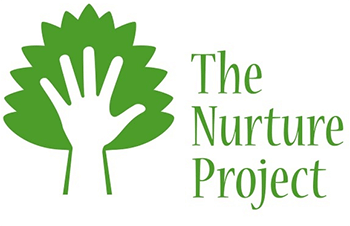‘What a lovely thing a rose is!’ – William Shakespeare
Often referred to as the ‘Queen of Flowers’, the rose takes centre stage as garden plant of the month in June.
We thought a few top tips and suggestions might be helpful…
- Roses come in a variety of colours, shapes and scents… there is nothing quite like the scent of a rose – quintessentially English!
- Rose plants often last for many years, flowering in the summer – and sometimes repeating in the Autumn too
- Prune them annually – generally in November or February
- Deadheading faded blooms will boost flowering
- Roses are great for wildlife – they are rich in pollen so bees and other insects love them, and in the Autumn some plants have rose hips which the birds also love
- You can create new rose plants by taking and planting cuttings from the original plant
- Some roses have vicious thorns, so wear gloves when handling them
Things to consider when buying a rose –
- Thing about the type of rose you would like – shrub cultivars, hybrid teas, standard, floribundas, ones for ground cover or ones to grow in containers
- Buy roses as a bare-root (plant usually in late autumn) containerised or container grown (plant all year round)
- Best to plant in a sunny spot, try to avoid very exposed, windy spots and ensure there is good space and light around them – and keep free of weeds! If you can apply mulch in the spring this will deter annual weeds
- Most roses like a sunny aspect, but some will thrive in light shade
- They ideally like to be planted in rich, moist soil
- When watering, it is best to direct the flow on to the soil and around the base of the plant – avoid the foliage and flowers to deter fungal diseases
- Some care is needed to prevent/control pest diseases too
If you are interested in some further reading, we can suggest this book by David Austin, as well as The Classic Roses Handbook by Peter Beatles and Rose Expert by Dr David Hessayon.
